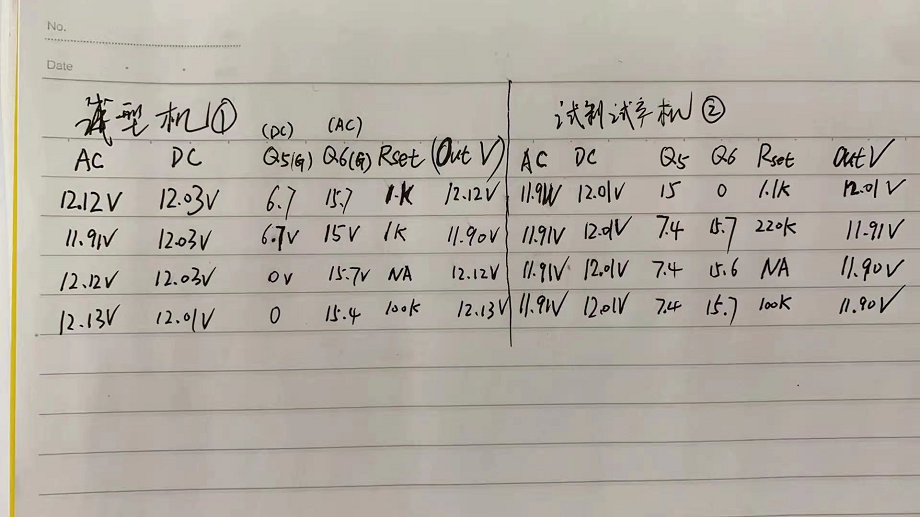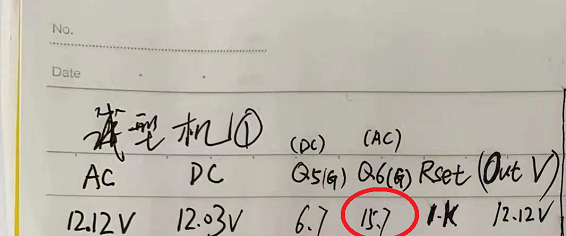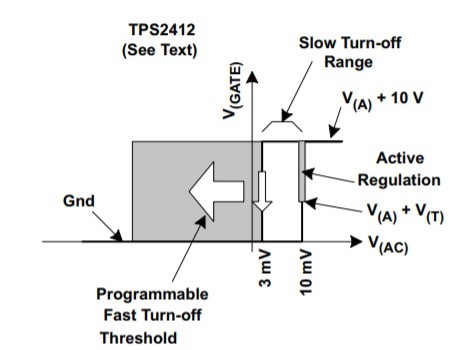Other Parts Discussed in Thread: TPS2413
Hi team,
My customer uses two TPS2412 for input ORing application, see datasheet Fig.10.
However, they met a problem that during normal operation, the low-voltage bus MOSFET was half on (should be off), they measured the gate voltage which was about 6V (should be 0V).
- They use RSET=220kohm here. Is this problem related to RSET?
- How to let the MOSFET of low-voltage bus become off instead of half on?







